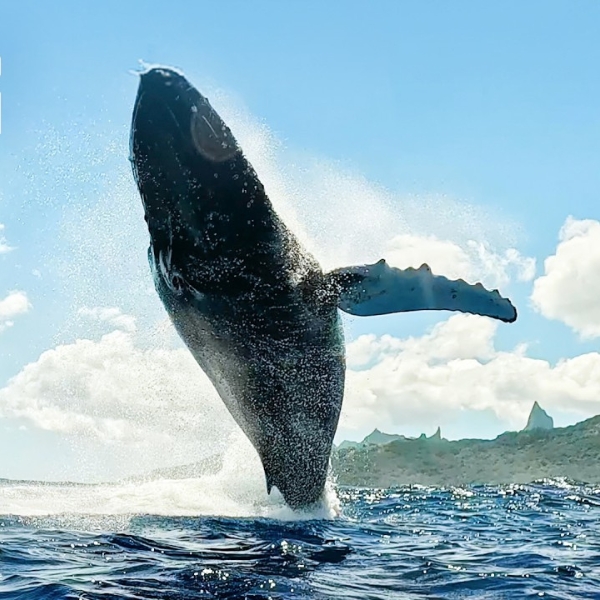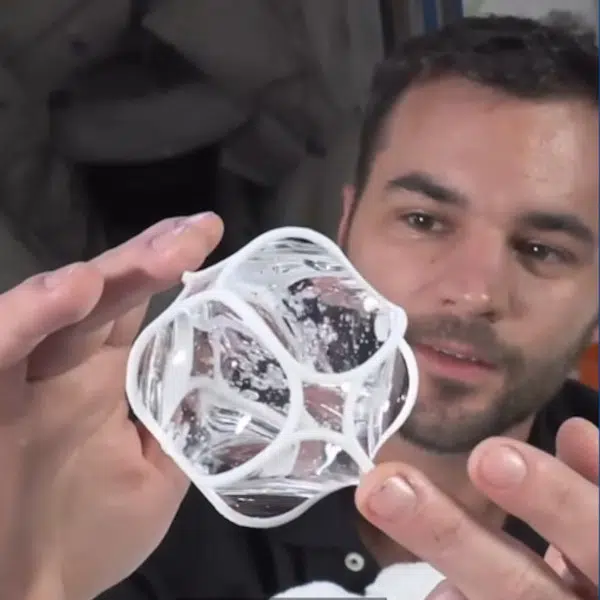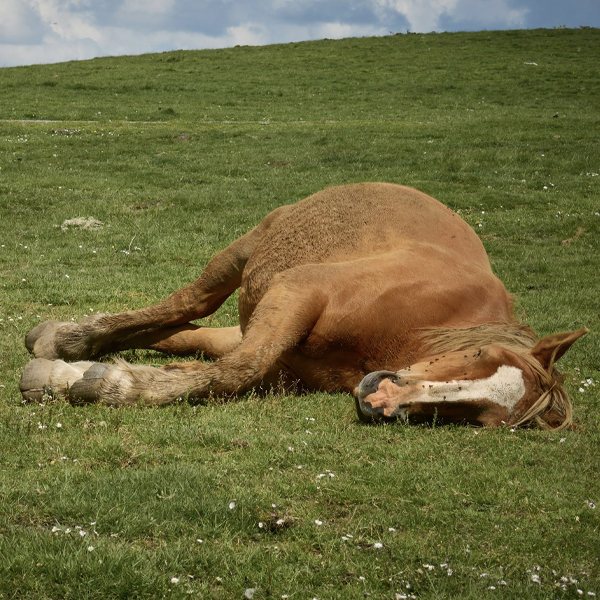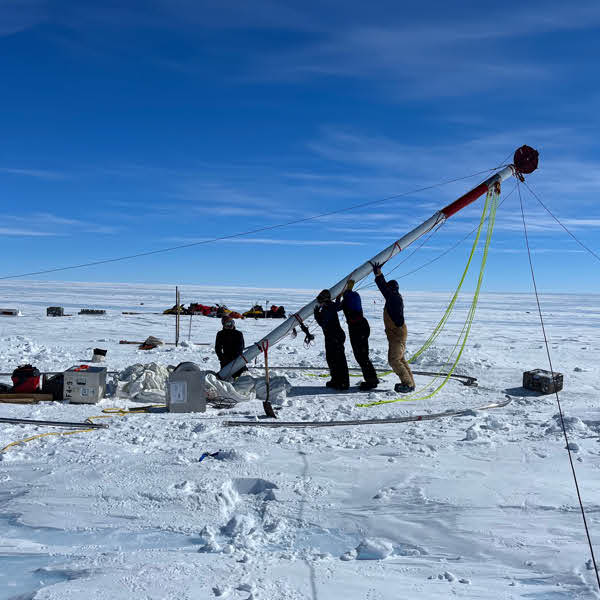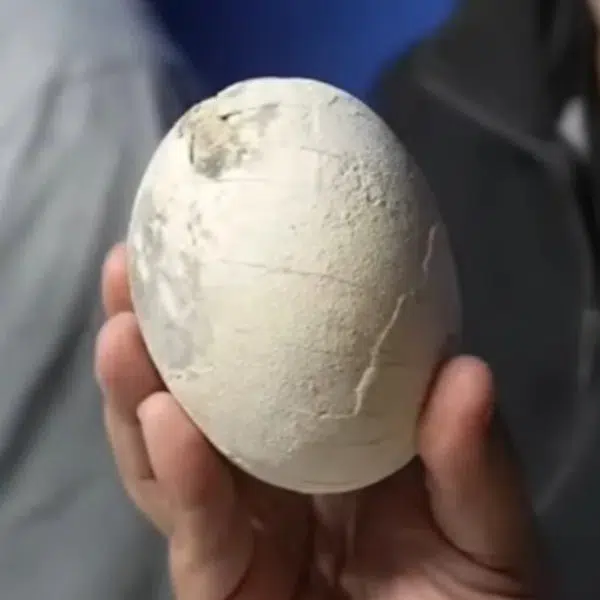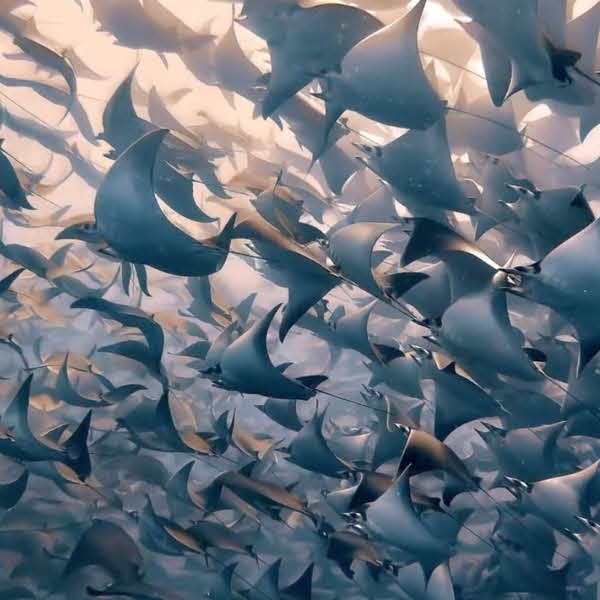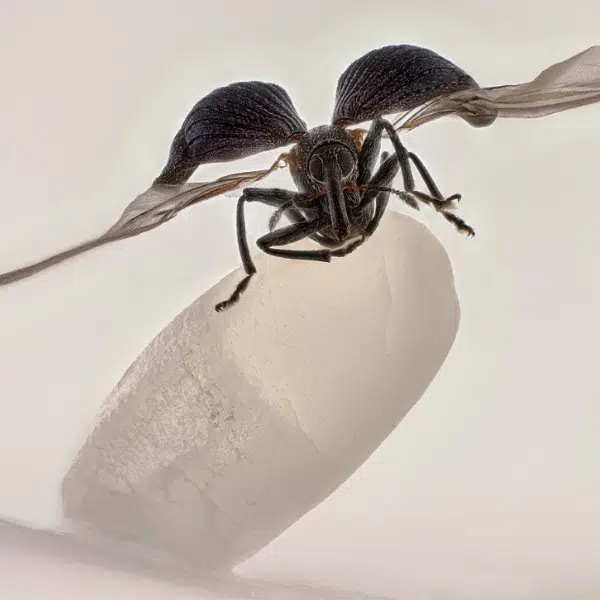View this post on Instagram
Imagine a bird-lizard hybrid the size of a fighter jet flying above you. Terrifying? You can sleep safe tonight knowing that won't happen anytime soon. Quetzalcoatlus is a genus a pterosaurs from the late Cretaceous Period that vanished from Earth during the mass extinction event that also did away with the dinosaurs. Yet 67 million years ago, there were Quetzalcoatluses with thirty-six foot wingspans in the skies above what is now Texas.
We know these monstrous stork-like creatures existed thanks to Douglas Lawson, who as a University of Texas Austin grad student discovering the first Quetzalcoatlus fossils in 1975. Today, scientists are still actively debating how exactly they flew, and lived in general. They were almost ten feet tall at their shoulder when standing on the ground, and had eight feet long legs for walking on. Yet they had forelimbs as well, that may have dragged on the ground like ski poles, when walking.
Estimates on their weight range from one hundred fifty pounds to five hundred pounds. This leads some to postulate that they were actually too heavy to fly. However, their massive sternums suggest powerful flying muscles. A decade ago, scientists hypothesized they could soar for distances of up to twelve thousand miles as fast as eighty miles per hour. More recently scientists have suggested that they only flew in short bursts, after launching from an eight foot high jump.
It's worth noting that there are only a few parts of one wing from one skeleton of the giant Quetzalcoatlus northropi that have been found. Yet paleontologists have found many more fossils belonging to Quetzalcoatlus lawsoni, which at one time was thought to be a juvenile of the Quetzalcoatlus northropi. Further study led to distinguishing them as their own species, yet they remain helpful in modeling their larger cousins. This way, while scientists continue to study the Pterosaur, you can still pretend to be in your own version of Jurassic Park by posing under cast models at museums such as the Field Museum in Chicago or Big Bend's fossil exhibit.
The Quetzalcoatlus was the size of a giraffe and still managed to fly.
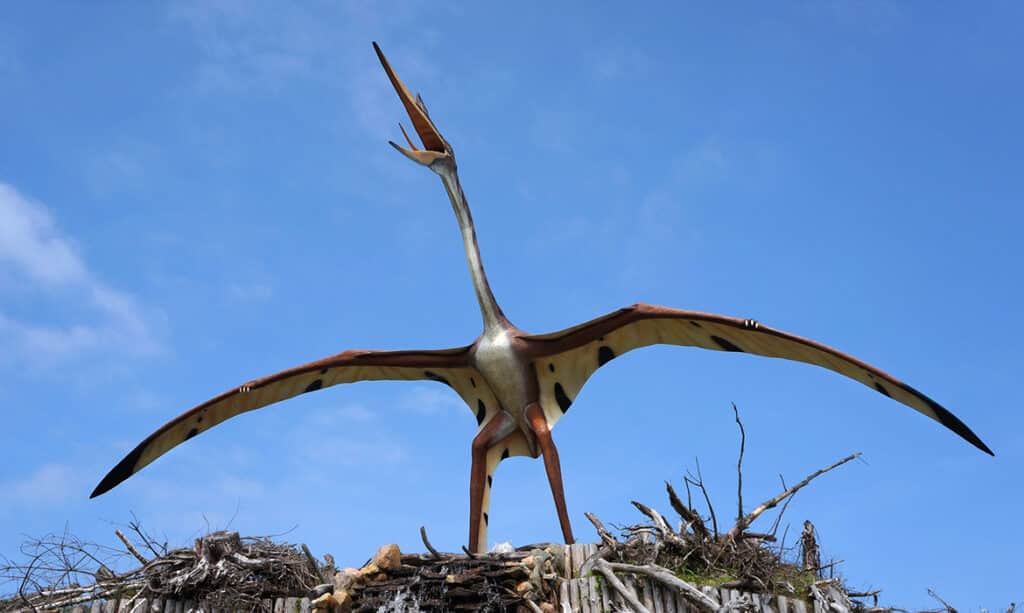
Photo: TROYKA/Depositphotos
They lived in what was then marshland and open fields.
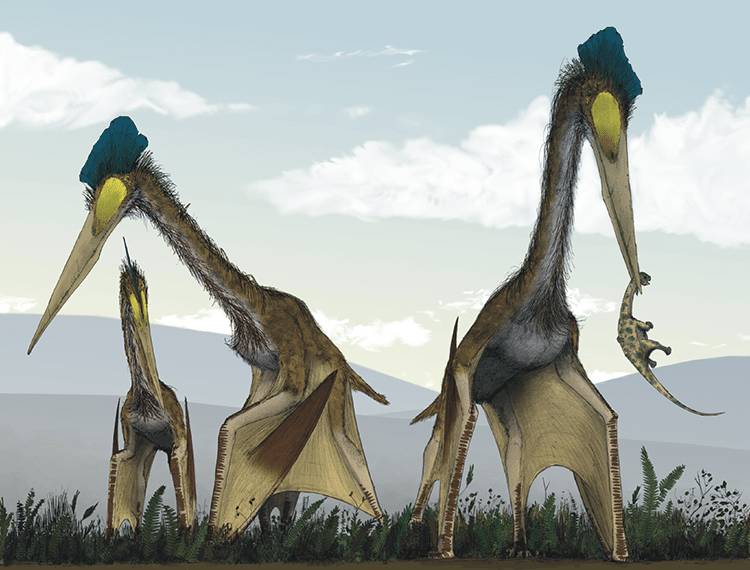
Life restoration of a group of giant azhdarchids, Quetzalcoatlus northropi, foraging on a Cretaceous fern prairie. A juvenile titanosaur has been caught by one pterosaur, while the others stalk through the scrub in search of small vertebrates and other food. (Photo: Mark Witton and Darren Naish, via Wikimedia/ CC BY 3.0)
View this post on Instagram
h/t: [Reddit]
Related Articles:
Build Your Own T-Rex Skull and Dinosaur Fossil With This ‘Jurassic World’ LEGO Set
Amazing Fossil Find Shows a Non-Avian Dinosaur Sitting On Its Nest of Unhatched Eggs
Interactive Map Reveals Which Dinosaurs Roamed Your Hometown Millions of Years Ago
Researchers Discover New Extinct Species of Mini Penguins That Lived 3 Million Years Ago











































































